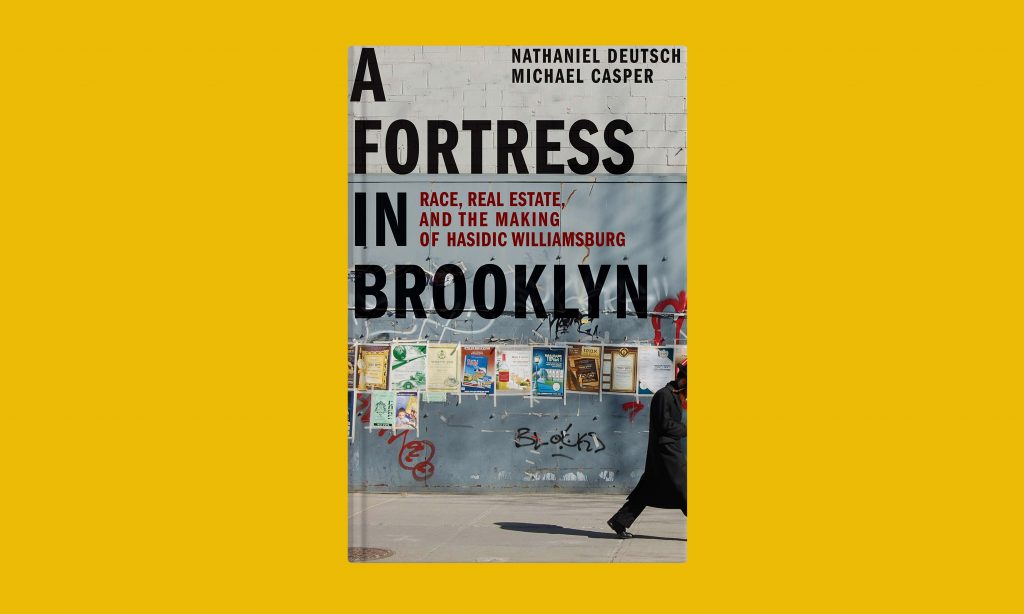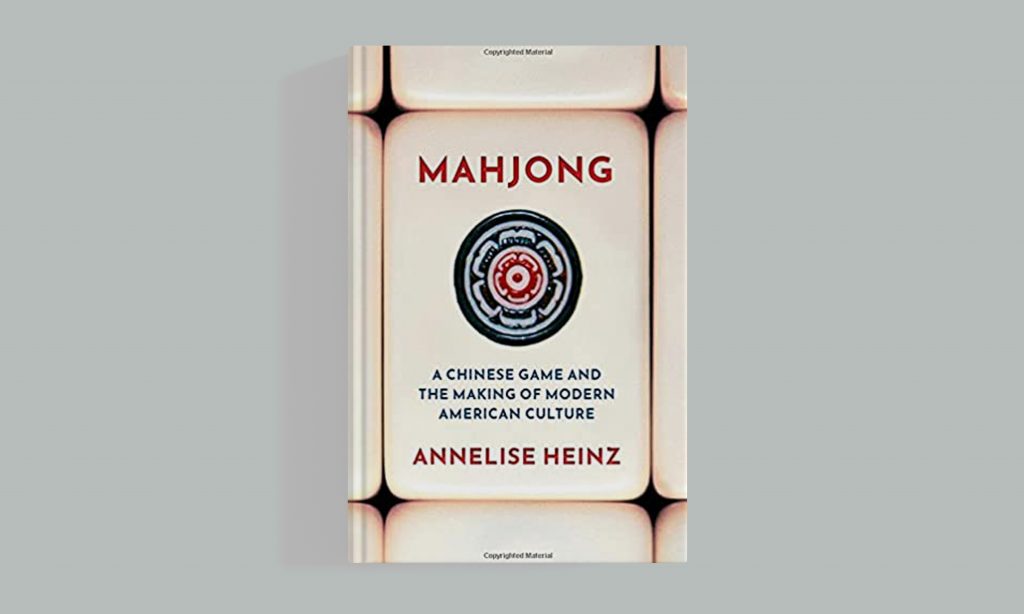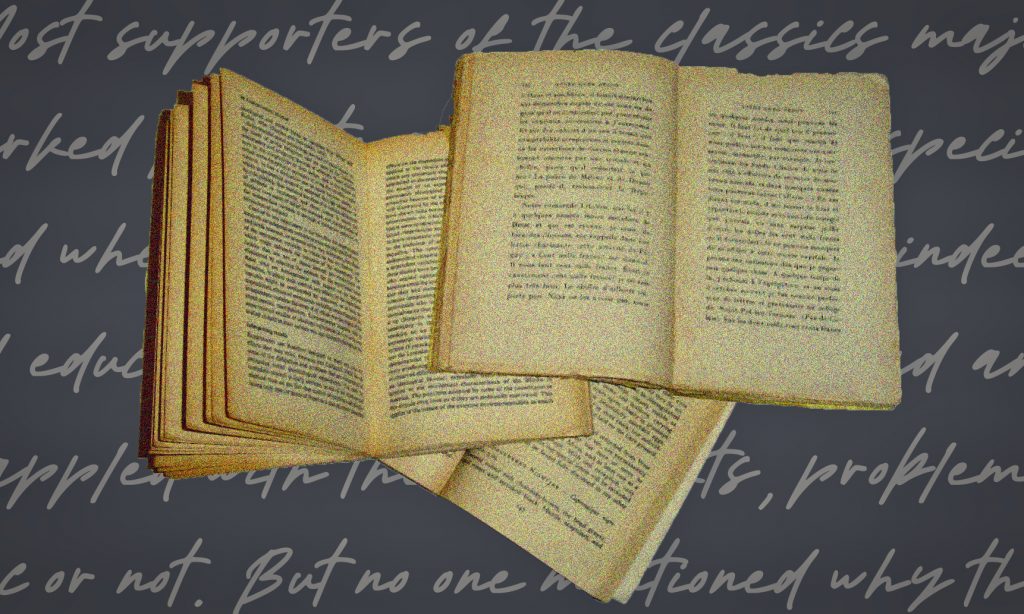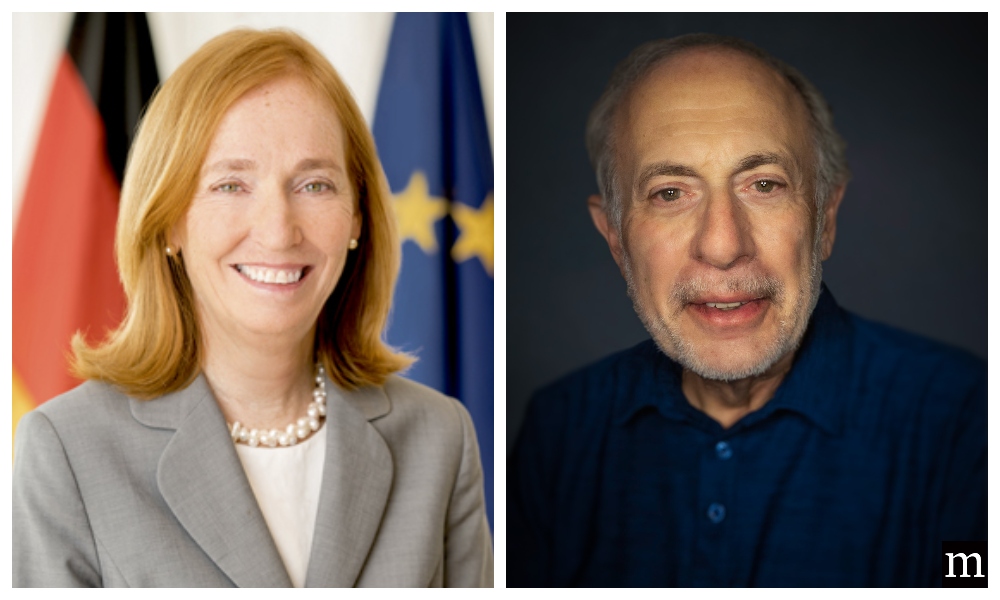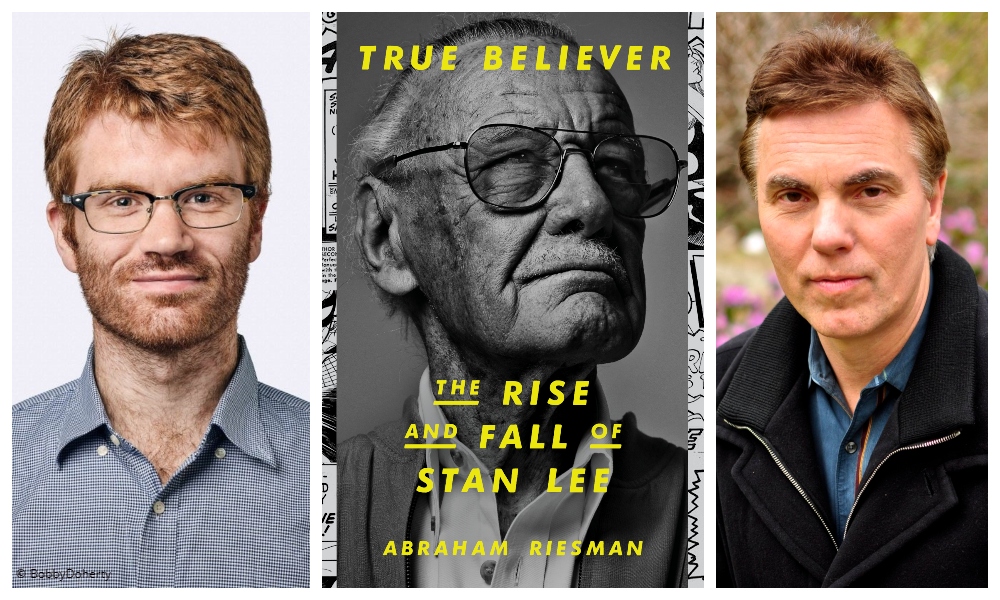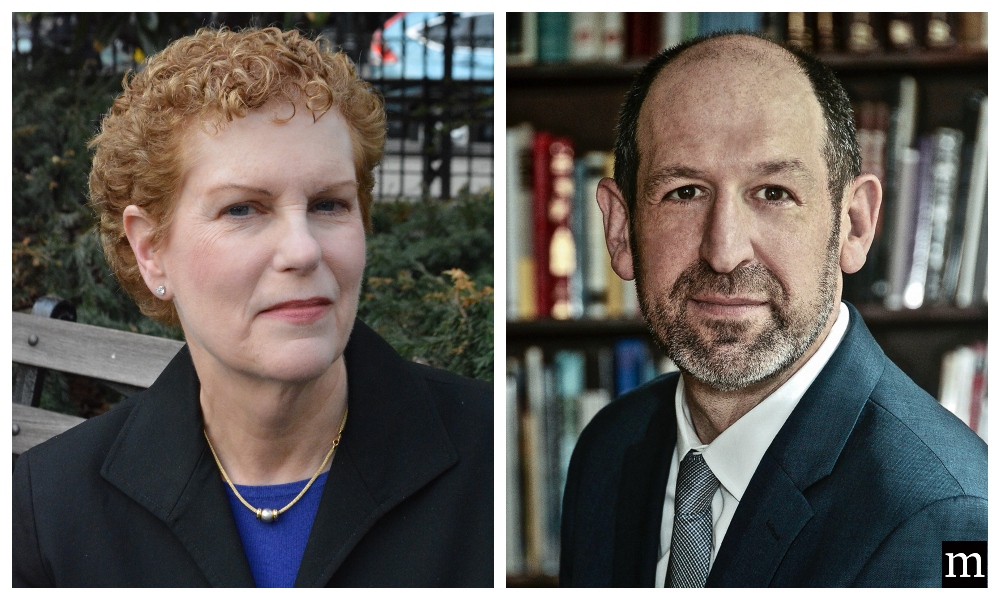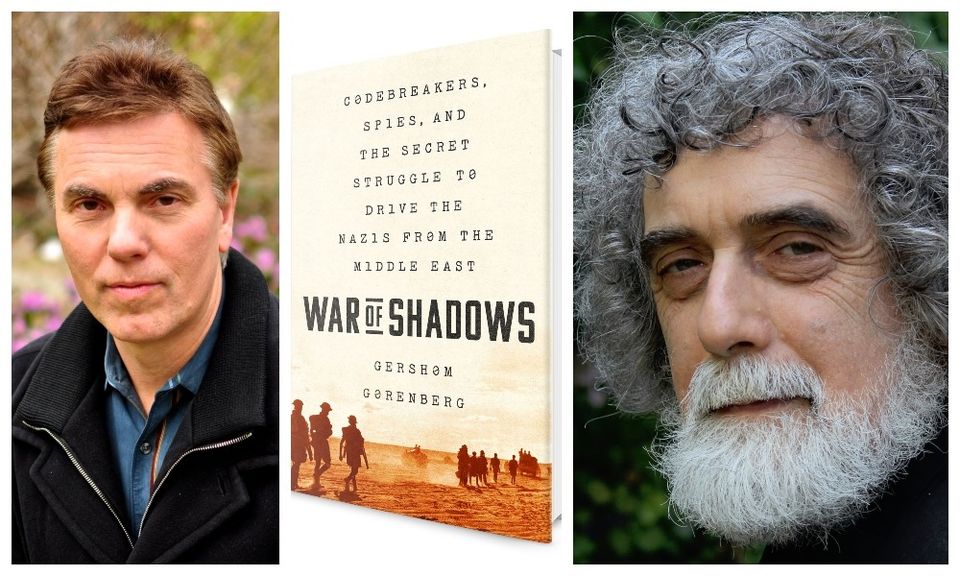1939: A People’s History
By Frederick Taylor
W. W. Norton & Company; 448 pp; $30
Library shelves are full of books whose titles celebrate, commemorate or contemplate a single momentous year: 1066 and All That: A Memorable History of England; 1774: The Long Year of Revolution; 1776; 1917; 1941: The Year Germany Lost the War. One year, 1984, inspired author George Orwell in 1946 to forecast a dystopian, totalitarian future, which, some might argue, was prescient if premature. The year 1939, put under the microscope in this volume by British historian Frederick Taylor, is usually regarded as the start of World War II.
The 12-month period Taylor memorializes really begins in September 1938, with the infamous Munich pact, when England and France signed over the German-speaking Sudetenland, part of Czechoslovakia—without the consent of the Czechs. It ends a year later with the Nazi invasion of Poland, over Hitler’s demand for a “corridor” connecting Deutschland proper with the German-speaking port city of Danzig.
Any parallels with Russia’s 2014 annexation of Crimea and invasion of eastern Ukraine, to create a land bridge to that former Ukraine province, are unstated but hard to ignore.
Of course, the Munich agreement wasn’t regarded as infamous at the time. To both sides, less than a generation removed from the murderous Great War, it seemed at least a reprieve from a repeat, a promise of “peace in our time,” as British Prime Minister Neville Chamberlain famously put it.
The machinations of the elites, the diplomats and the politicians already fill volumes. Here Taylor attempts something different, telling a “people’s history” of the period in both Britain and Germany “from the ground up.” The everyday people he finds, in memoirs, diaries, newspapers and other sources share a common fear. In the midst of a worldwide depression, Germans are generally satisfied with their lot and loyal to the Führer whom they see as responsible for jobs and prosperity. Similarly, British citizens, though worried about the prospect of another war, go about their business of work and recreation. A home guard of British youth learning rudimentary military training is mostly a lark in their view—until, as war clouds loom closer, it isn’t.
Taylor finds a treasure trove in the British Mass Observation Archive and in the inner pages of newspapers and archival recordings at London’s Imperial War Museum. German newspapers, though heavily censored, can also be revealing. Taylor makes generous use of the diaries and letters of two Germans, Ruth Andreas-Friedrich, who aided Jews while retaining ties to high-ranking Nazis, and Erich Ebermayer, a Berlin novelist, playwright and screenwriter and a liberal voice during the Weimar Republic, who maintained contacts in Hitler’s inner circle.
The Great War, which resulted in 3.2 million British and 7.1 million German casualties, was the major factor shaping civilian views of any future European conflagration. Whatever the postwar injustices foisted by the victors upon the vanquished, this fact alone greatly affected the German people, even as Hitler rearmed and remade the map of Europe with his increasing territorial demands. Hitler was betting that the other side, so traumatized by the carnage of the last war, would yield to his demands without a fight. The German people hoped so too, and he almost succeeded.
Not all National Socialist Party members were happy with the Führer. Writing in his diary, a veteran of the Great War, a 43-year old schoolteacher who had attended the 1936 Nuremberg rally, found Hitler disquieting:
“He speaks without restraint, in a bullying way, you can say that his manner has little grace or superiority. Expressions such as ‘lying democratic toad’ are unworthy of a great statesman who is representing a great people…Just now…one is given cause to be aware that the political form of the pure dictatorship can also bring great danger. What is there to stop Hitler from remaining impervious and plunging the German people into war? A referendum? Big words, but in reality the people are not being consulted. Quite different to democracy, with a parliament.”
Readers of this passage may be forgiven for, once again, raising similar concerns as authoritarian rule appears on the rise and democracy in retreat in the 21st century. Taylor, in his introduction, explicitly draws the parallels.
“What we are living through,” he writes, “is not, of course, precisely a repeat of the 1930s. However, the study of the 1930s reminds us of the dangers of crass inequality, of international ‘beggar-my-neighbor’ competition, of the capacity of marginalized social groups for extreme violence based on the scapegoating of minorities, and of the many other consequences that flow from irresponsible and often sadly misjudged notions of national self-interest.”
Taylor also notes that Brexit, the British decision to leave the European Union, was a triumph of extreme nationalism—a major factor that led to World War II—over internationalism. “In the United States,” he adds, “a phrase with dubious historical pedigree, ‘America First,’ has become current once more…”
If Hitler’s military aggressions were outwardly the casus belli, persecution of Jews is the subplot that runs through Taylor’s narrative, and not only on the German side. Taylor shows how Poland, far from being the helpless victim of Nazi aggression, was under authoritarian, anti-Semitic rule during the interwar period. Left with “surplus Jews” who had been moved to the Polish-German corridor, the Polish foreign minister tried to negotiate a loan to resettle them throughout the British Empire. The British, who had taken in a limited number of German Jewish children in what became known as the Kindertransport, resisted such entreaties and also exhibited a less flagrant but still resilient stereotypical strain of anti-Semitism. Their idea was that the “rich Jews” in England, not non-Jewish Britons, should financially support the refugee children. Even after Hitler occupied Prague, completing the annexation of Czechoslovakia, Chamberlain remained optimistic about peace “as long as the Jews obstinately go on refusing to shoot Hitler!”
In Taylor’s collection of sources, Kristallnacht is instructive not just as a Nazi-inspired anti-Semitic pogrom but also for what it said about both sides. The November 1938 “night of broken glass” didn’t open foreign doors to desperate immigrants; it also didn’t widely disrupt everyday German life. In the port city of Stettin, though the local synagogue was destroyed, life went on as usual for those not directly affected. Taylor’s down-to-earth documents show how people went to the movies and theaters, and almost certainly to restaurants and shops—as undoubtedly most Pittsburghers went about their business after the November 2018 Tree of Life synagogue massacre, or as did residents in a small California city following a white nationalist’s deadly attack on Chabad of Poway in April 2019. The implication is clear: After awhile, one can become inured, accustomed to such horrific events as more or less background noise to the daily routine. Frighteningly, the abnormal becomes normal.
In the interwar period, Jews were used as foils for both sides—human pawns in a deadly chess game. For German Jews, this was particularly painful, since some 12,000 had fought and died for the Kaiser during World War I. So even as the Nazi armies were invading Poland, German Jewish veterans of the Great War felt a patriotic urge and a wish that they could be part of the action on behalf of the Fatherland.
In such ways does this revealing book provide more nuance to a time more often portrayed simplistically as a growing struggle between good and evil. But there was more to it than that. Instead, we learn the good guys weren’t always so good, and among the evildoers there lived ordinary people wary of war and quietly opposed to the excesses of their dictatorial ruler and his authoritarian state. In this, there may also be lessons for today.
Eugene L. Meyer is a former Washington Post reporter and editor and the author most recently of Five for Freedom: The African American Soldiers in John Brown’s Army.
Moment Magazine participates in the Amazon Associates program and earns money from qualifying purchases.





